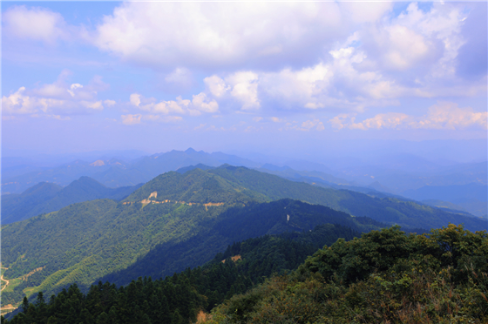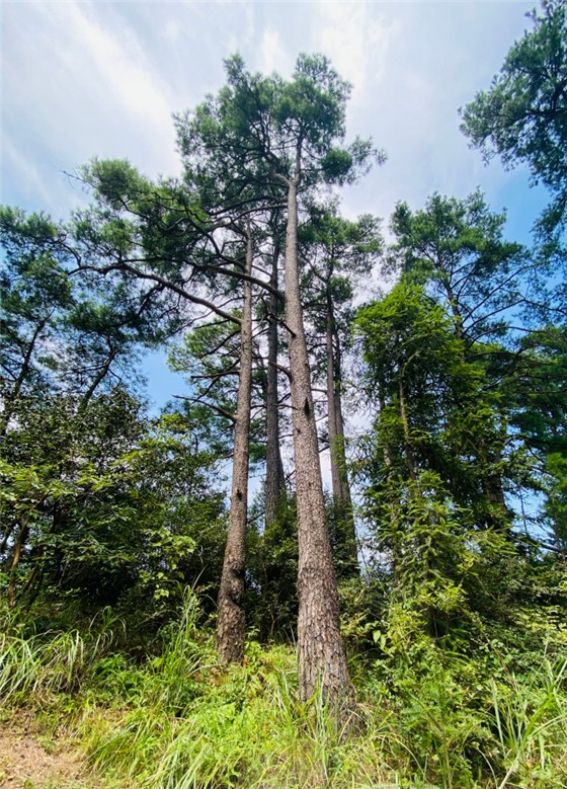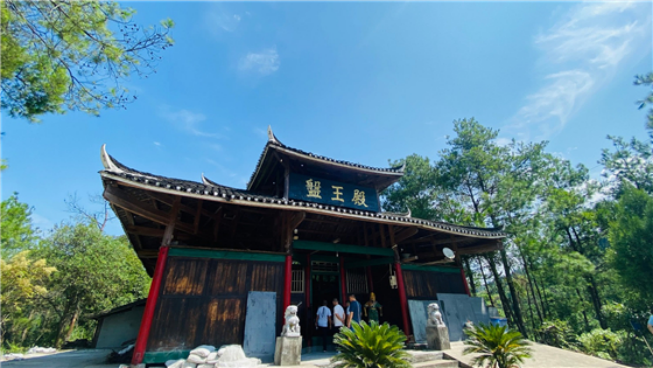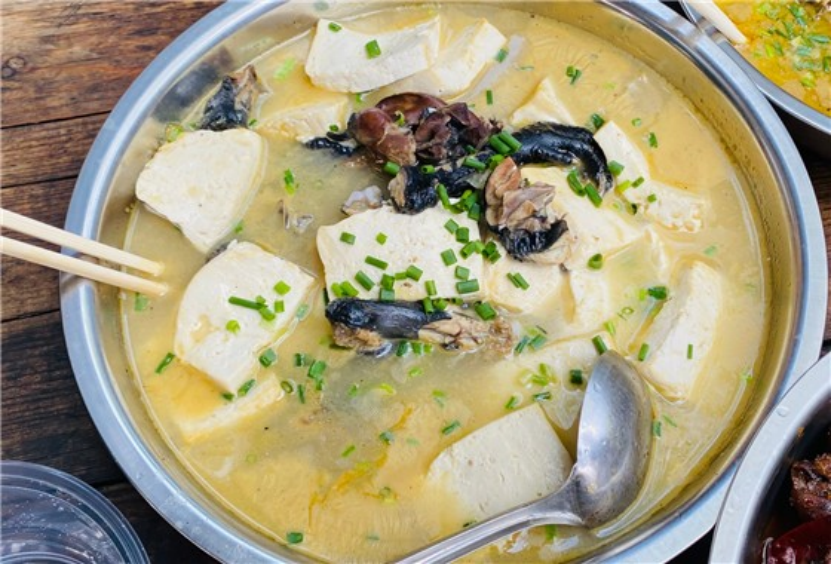Chenxi belongs to the mountainous and hilly area, with numerous mountains and lush peaks, each with a unique appearance. The supernatural craftsmanship of nature makes the mountains and valleys of all sizes and heights infinitely beautiful. The highest peak in the county is Peak Luofeng, the main peak of Mount Luozi. Now it is convenient to drive to Peak Luofeng for sightseeing with a traffic lane to the peak built.

Mount Luozi, located in the southeast of Chenxi County, bordering with Xupu and Zhongfang counties, is about 100 kilometers away from the downtown of Chenxi County and covers an area of 200 square kilometers. There are a total of 90 peaks, all above an altitude of 400 meters. The main Peak Luofeng reaches 1378.7 meters above sea level, being the highest peak in Chenxi County. Standing at Peak Luofeng on a sunny day, you will find the mountains around it are like jade hairpins and the river below it is like a green ribbon.
Mount Luozi, with a forest coverage rate of over 70%, is known as a “natural oxygen bar”, making it an attractive resort for leisure and vacation. At the foot of the mountain, there is a small reservoir surrounded by green trees - Luozishan Reservoir, which is like a crystal clear jade mirror embedded in the green mountains, adding a charming site to Mount Luozi. In 2010, Mount Luozi was approved to be a provincial-level scenic spot of water conservancy.

Along the ridge behind Yuhuling Village in Yao Ethnic Township of Mount Luozi stand rows of ancient pine trees, neatly arranging for over 2000 meters. These pines are named Dragon Vein Pines by the Yao villagers, who regard them as Fengshui trees which are supposed to have influence on the fortune of the village. When viewed from afar, these trees resemble the spine of a crouching dragon, undulating and stretching. When approaching to them, you will see them present a myriad of beauty, towering and unparalleled. Driving up to the top of Peak Luofeng, you will find a temple, Luofeng Temple, with eaves bending upwards. The temple overlooks the mountains, gathering the spirit of heaven and earth and absorbing the essence of the sun and the moon, which makes it one of the most prosperous Buddhist pilgrimages in the border area of Chenxi, Xupu and Zhongfang counties.
On an autumn morning with clear sky and fresh air, standing on the top of Peak Luofeng and watching the sunrise, you will witness a fairyland on earth with bright and clear mountain scenery blending beautifully with the golden sunlight, which can make you broad-minded immediately and forget the troubles in your life. It is said that Mi Yuanti, known as one of the Four Great Talented Scholars of Chenxi in the early Qing Dynasty, wrote a poem titled “Climbing Mount Luogong” to praise the enchanting sight of the peak.

Yao people with surnames of Pu, Liu, Ding, Shen, Shi, Chen, and Liang live scattered across the area of Mount Luozi, who refer to themselves as “Yao of Seven Surnames”. They pay great attention to food. In order to entertain guests from afar, the hospitable Yao people would treat them with their most distinctive dish -- Maogou (dog meat). It is a brand cuisine in Chenxi’s food culture, a legacy of the fishing and hunting era of the people of Yaoshan, and a continuation of modern food culture with a history of over 200 years. In addition, another famous dish in Chenxi is chicken stewed with tofu. It is very nutritious, which can moisturize a person’s body and improve his immunity.

For thousands of years, the hardworking, brave, and kind Yao people with the seven surnames have created a unique and rich culture with their own wisdom in their long-term production and life practice and have formed a special ethnic folk cultural system. The Yao people revere Panwang (King Pan)--their ancient ancestor, and have built a Panwang Temple on the original site of his residence. The temple is of a typical building of Yao ethnic group, showing the wisdom of Yao minority. In order to commemorate Panwang,Yao people would gather together and hold a grand celebration, singing and dancing, on the 16th day of the 10th lunar month every year.
(Translated by Chen Min)
